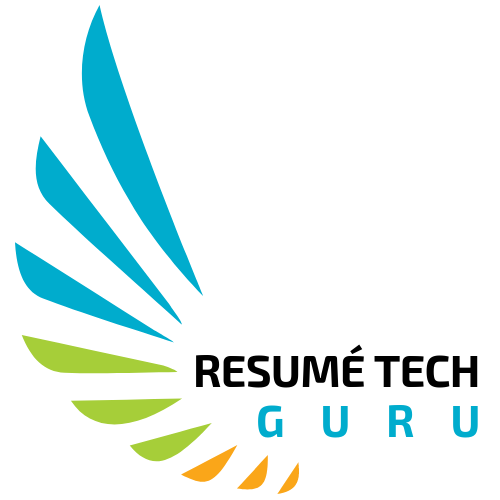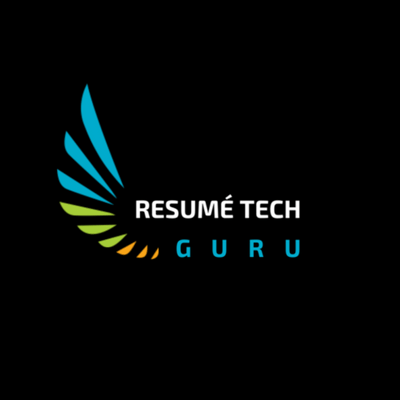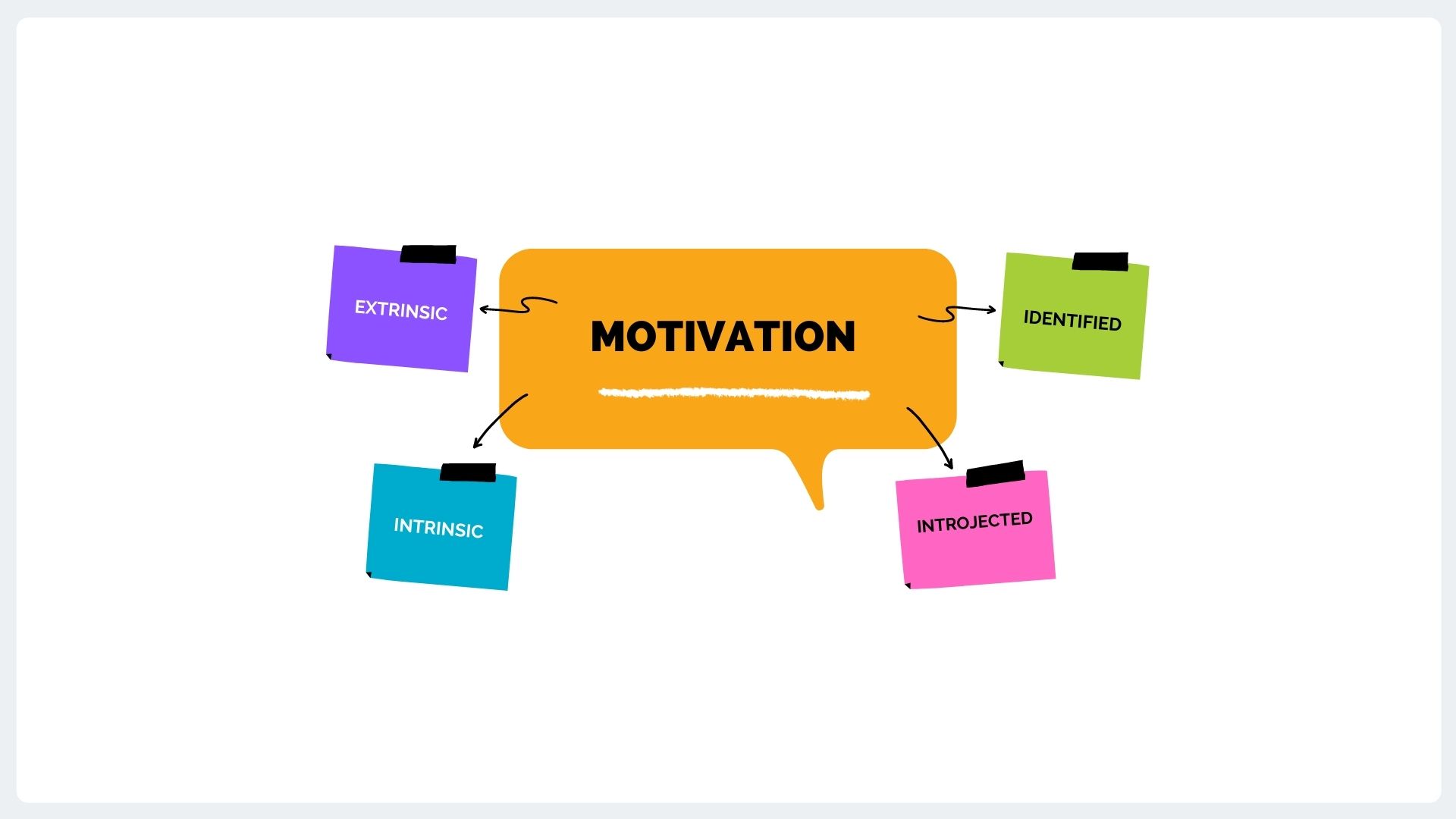I’m highly self-motivated when it comes to certain things, are you? Gosh, I’m motivated to monitor my health, pursue joy, help others, maintain friendships, and complete my global travel bucket list. Cleaning, not so much. Sometimes the living room rug goes 2 weeks without vacuuming. Why? No one is coming to visit, a former motivation related to self-image. Remnants of my husband’s pistachio shells appear under his chair. He tells me he doesn’t look down, so it doesn’t bother him. Proving sometimes motivation wanes based upon circumstances including age and lack of guests.
Last year I wrote a blog about dragging your feet with a provocative photo of legs in fuchsia knee-high socks hanging out a car window. It was based upon a consistent footloose yet not fancy-free state I observed across 50% of my tech executive clients. They tell me they are in a hurry, but their actions speak otherwise.
For example, a Microsoft GM hired me in July 2019 to create an executive resume within 5 days. Yet, the entire personal branding project, including the initial resume request, wasn’t completed until October. Why 6 months? Not me, I said. On the other hand, he had plenty of reasons to delay from vacation time to global travel. My client’s and my motivations were different. The Microsoft GM needed the resume for the specific executive recruiter request in July, while I wanted to complete the job to get paid.
Do you have a nagging desire to move on in your career? Let’s chat about motivation.
Motivation Science
According to Dr. Murayama, associate professor at The University of Reading, motivation science is an emerging field. That’s a shocker to me, the “emerging” part. It turns out while motivation is related to everything we think or do, there’s academic segregation for motivation theories in psychology focus, whether educational, social, organizational, or cognitive neuroscience. If you collapse them under one umbrella, that’s called “motivation science.”
Decades ago, I was an adjunct professor teaching consumer behavior to undergrad and graduate students at The University of Texas at Dallas. The syllabus focused on what values drive and motivate consumers. My teaching examples were based on my corporate consulting clients who wanted to figure out why consumers purchased cars, ate salty snacks, selected a political candidate, or joined the Army. In my 1:1 interviews with young adults 18-21, I was intrigued by what motivated them to join or not join the military. For some, it was a means escaping a bad situation at home or simply “growing up” by learning discipline. For others, it was a way to pay for a college education. While there was a subset falling in their parent’s traditions, it was for honor and recognition. Those are 3 distinct motivations.
Four Motivation Types
In psychology, there are 4 types of motivation on a person’s behavior and pursuit of goals.
- Extrinsic: Refers to behavior driven by external rewards such as money, fame, grades, and praise. This type of motivation arises from outside the individual.
- Intrinsic: Opposed to extrinsic motivation, intrinsic originates inside of the individual. You participate in an activity like sports or reading for its own sake vs. external reward.
- Introjected: Generated by guilt, worry, or shame, this is somewhat external. You enact a behavior not because you want to but fear of obligation.
- Identified: You’ve recognized the importance of a behavior and you have accepted it in achieving a goal. This is somewhat internal. An identified motivation doesn’t mean you have to find enjoyment in taking action. Recall the moments when you genuinely believe exercise is worth doing because it’s right for you, and the benefits are valuable? I’ve bought a gym membership and waved every time I drove by but failed to drop in.
Your Career Motivation Plan
It’s interesting that regardless of the time of the year, my executive clients have one shared career motivation: impacting the tech industry or society. Bonus, if they can do both simultaneously. We collaborate on career strategy plans with tactics to achieve their goal. Here are 4 tactics they place in action:
- Define Personal Brand: It’s what people say about you when you’re not in the room. Most clients reach out to me because they don’t feel 100% confident talking about themselves. We fix this by creating an elevator speech. Three to five sentences to respond to the hiring manager’s question, “So, tell me about yourself.” We develop a resume and LinkedIn profile that hinges on this personal brand positioning for their next career role. Your personal brand changes over time, who I was in my 20’s is quite different from today.
- Correlate with Targeted Companies: In my initial conversations, I ask clients what path they are pursuing. Most have definite types of companies they wouldn’t consider based upon risks or personal values. For example, Facebook swings both ways in attractiveness as their potential employer. Most want to move to a Fortune 500 vs. pursue a startup. When companies recruit, they are seeking specific skill sets. Another exercise I work on is ranking a client’s top five hard skills and top five soft skills. A quick way to determine a list is by checking out your crowdsourced LinkedIn skills section, asking colleagues, and looking a three job postings to highlight keywords. I was chatting with a Director at Microsoft last week about the acronym “ROB” on her resume. I Googled it and came up with a bunch of meanings. Until I Googled Microsoft + ROB, I had not heard of “Rhythm of the Business.” Since my client had spent the bulk of her career at Microsoft, it was second nature to call it that vs. industry terminology I grew accustomed to at CenturyLink; we called it “State of the Business.” When you are transitioning externally to your company, I advise using your targeted company’s terminology.
- Book Your Time: For as long as I remember, I’ve been putting time on my calendar to complete tasks. I block out hours for editing, writing, and working out. I consider it my commitment to myself. It feels great to check things off the list. Seven years ago, when I was pursuing a career transition from Seattle to Austin, I scheduled 2 hours daily to complete tasks. I achieve more when I have more on my plate, so it’s a matter of prioritizing and efficiency. For my job search, I had a to-do list:
- Create a job search tracker
- Update my resume
- Refine my LinkedIn profile
- Research companies
- Write cover letters
- Apply for jobs
- Network with colleagues
- Schedule interviews
- Practice my elevator speech
- Send follow up thank you notes
- Hold Yourself Accountable: When I put my intentions out in the Universe, my pride kicks in to achieve it. Last month I blogged about writing a book based upon my husband’s encouragement. Initially, he would ask me daily, have you worked on your book yet? Besides some high-level research, I hadn’t fully committed. It changed when I began my new year in earnest with a 2021 publishing deadline. I reached out to experts to get started. Based upon my colleague Kate Dixon’s input, I found a writing group, “20Booksto50K,” which offers self-publishing advice from those down this road and awesome templates for tasks. My favorite is a book project tracker spreadsheet, which goes down into the minutia of what needs to take place to launch my new creation. I signed up and paid for a 2-month writing course led by Dr. Cindy Childress out of Houston called “How to Crank Out a Book in 8 Weeks.” I completed the orientation seminars last week, and I become an official student on Wednesday. I love taking classes and meeting like-minded people.
So, what’s your career motivation? How are you going to achieve your goals? Take a moment and outline a plan. I guarantee it will get you going.
Best to you in landing your dream job; you deserve it!



